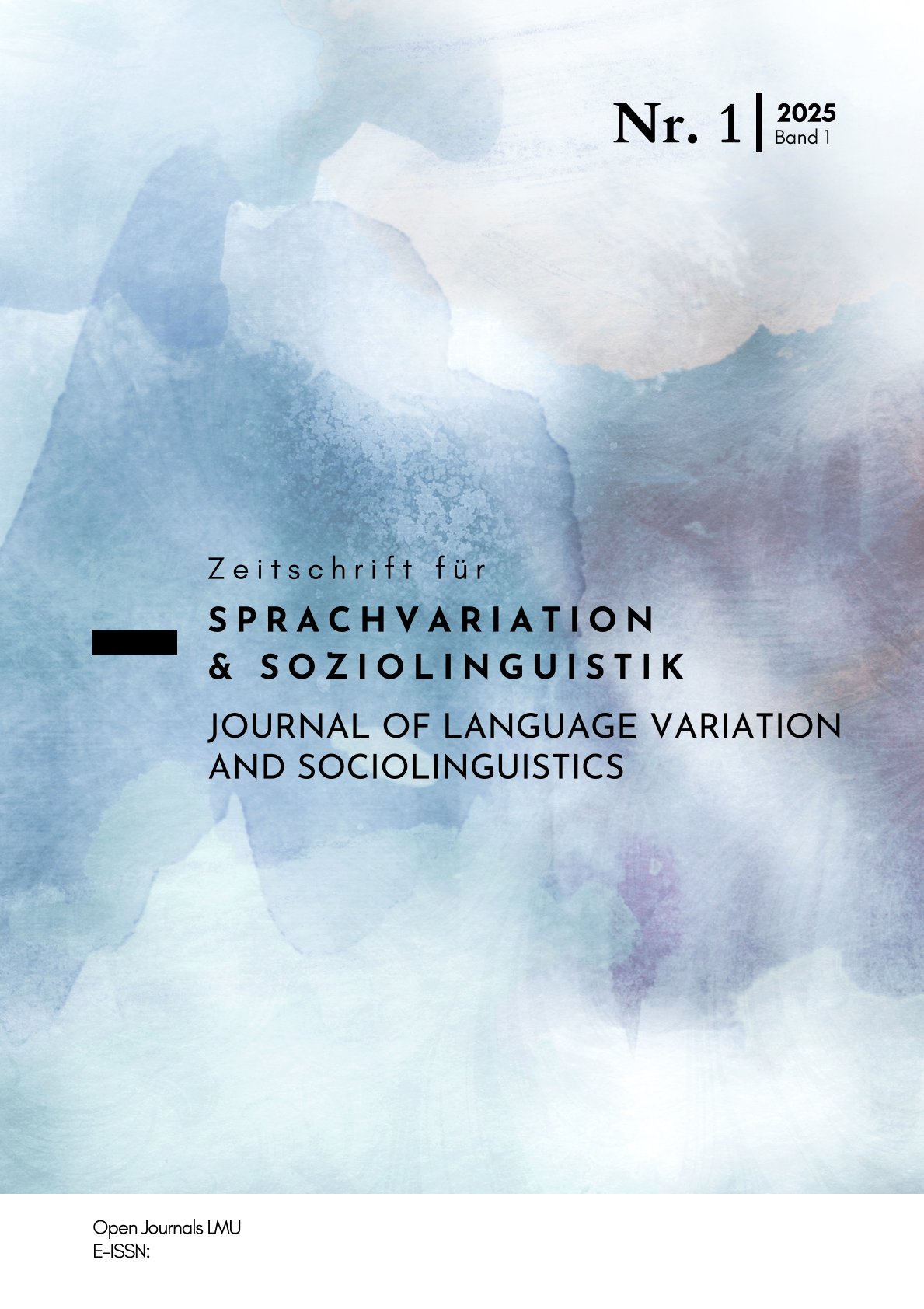Exploring probabilistic grammar(s) in varieties of English around the world
DOI:
https://doi.org/10.5282/jlvs/5
Abstract
This paper sketches a range of state-of-the-art quantitative methods to responsibly and rigorously analyze variationist datasets from a comparative perspective. In so doing, we will explore intersections between variationist linguistics and related subfields, such as dialectology and dialect typology, comparative linguistics, probabilistic linguistics, usage-based theoretical linguistics, psycholinguistics, and research on English as a world language. As a case study, we explore three grammatical alternations in nine international varieties of English. Analysis is mostly based on observational corpus data, with supplementary rating task experiments. Key findings include the fact that the probabilistic grammars constraining linguistic variation are overall remarkably homogeneous. With that being said, we often see a split between L1 varieties of English (e.g. British English) and indigenized L2 varieties of English (e.g. Indian English).
Schlagwörter
variation, varieties of English, grammar, syntax, probabilistic grammar, dialectology, dialectometry, psycholinguistics, sociolinguistics